I started by looking at photos. Before and after galleries. But some looked subtle. Others, strange. I couldn’t explain it. Something felt off. One eye higher than the other. A shadow in the crease. It wasn’t about dramatic change—it was about balance. I didn’t know what questions to ask. So I started with results. What made one photo feel natural and the next feel surgical? I couldn’t say, but I knew I had to dig deeper than images.
I found out board certification isn’t just a detail—it tells you what training they really had
I thought any doctor could do eyelid surgery. Then I looked at certifications. Plastic surgery. Ophthalmology. ENT. Each came with different training. I learned what those letters meant. Not every cosmetic clinic has a trained surgeon. Some offer blepharoplasty without surgical backgrounds. That changed how I searched. I didn’t want just experience. I wanted specialized training. Years focused on the eyes. That narrowed my list quickly.
I realized experience meant more than just years—it meant how many procedures, and how often
One doctor said they’d done blepharoplasty for twenty years. That sounded impressive. But I asked, “How often?” They said twice a month. Another said, “Every week. Three this week.” That changed everything. I didn’t need someone who had done it once in residency. I needed someone who made it part of their weekly practice. Repetition mattered. Especially with something as visible as eyelids.
I didn’t know some surgeons only do upper lids while others specialize in both
My concern was both upper and lower lids. But one consultation said they didn’t touch lower eyes. Another said they only did skin removal. Some offered fat repositioning. Others didn’t. I didn’t even know those differences existed. Now I asked first: Do you do both? Do you offer fat repositioning or just skin? The answers helped me understand their approach better than any brochure could.
The consultation felt more important than the surgery itself
I thought the procedure day would be the big one. It wasn’t. The consultation revealed more. How they listened. What they saw in my face. Whether they rushed or paused. Whether they pointed out details I didn’t notice. I paid attention to their questions as much as their answers. The right one asked me what bothered me—not what they wanted to change.
I brought photos of myself from five, ten, fifteen years ago
This wasn’t about new eyes. It was about returning to something familiar. I brought old pictures. Not from youth, but from a time when my face felt like me. The right surgeon studied them. Didn’t laugh. Didn’t flatter. Just observed. They didn’t aim for change—they aimed for restoration. That told me I found someone who respected history, not trends.
I asked how they handle asymmetry, and that changed who I trusted
Every face is uneven. Every pair of eyes is slightly different. The wrong surgeon promises “perfect symmetry.” The right one tells you they aim for balance. I asked how they handle one eyelid being heavier than the other. One said, “We lift both equally.” Another said, “We assess height, skin fold, muscle tension individually.” That answer stayed with me. Precision isn’t one-size-fits-all.
I paid attention to how they spoke about risks, not just results
Some surgeons avoid the hard topics. They focus on the bright side. “Minimal downtime. Great results.” Others name things clearly. “Dry eyes. Tightness. Scar location. Possible asymmetry.” It didn’t scare me. It reassured me. They weren’t hiding. They weren’t selling. They were preparing me like an adult. That earned trust.
I asked to see pictures of patients around my age and with my eye shape
Not just anyone. Not just results that looked good. I wanted to see people like me. Similar brows. Similar bone structure. Asian lids. Hooded eyes. Thinner skin. Dark circles. I learned which results were realistic—and which weren’t even trying to be. The right surgeon showed me examples that felt close. Not identical. Just relatable.
I didn’t expect to ask where the scars would fall—but now I ask every time
It sounds obvious now. But I didn’t think about it before. The cut line. The closure. The scar. One surgeon said, “In the crease.” Another said, “Right below the lash line.” Another said, “We use a subciliary incision, but we hide it.” The differences were small. But the outcome wasn’t. I asked to see healed scars on real patients.
Some showed videos of the procedure, and that made me trust their openness
I wasn’t sure I wanted to see it. But I did. Clean lighting. Steady hands. Close shots. The videos showed more than technique—they showed confidence. They weren’t hiding the process. They wanted me to know it. One even narrated it. “Here’s the orbicularis muscle. We’re preserving fat here.” I didn’t understand every word. But I understood their care.
I asked how they decide how much skin to remove
It sounded simple. Remove what hangs. But it wasn’t. The best surgeons measured how much eyelid needed to close safely. They looked at muscle tone. Skin elasticity. One even had me sit up mid-exam. “Gravity changes everything,” they said. That’s when I understood this wasn’t a cookie-cutter operation.
Their answers didn’t all match—but one felt specific to me
Some said three millimeters. Others said “as needed.” But one measured. Looked. Lifted. Said, “Here’s where your fold was at age 32.” That precision mattered more than promises. It wasn’t about what worked on others. It was about what would work for me. That was the difference.
Source: Eyelid Surgery in Dubai / Eyelid Surgery in Abu Dhabi
